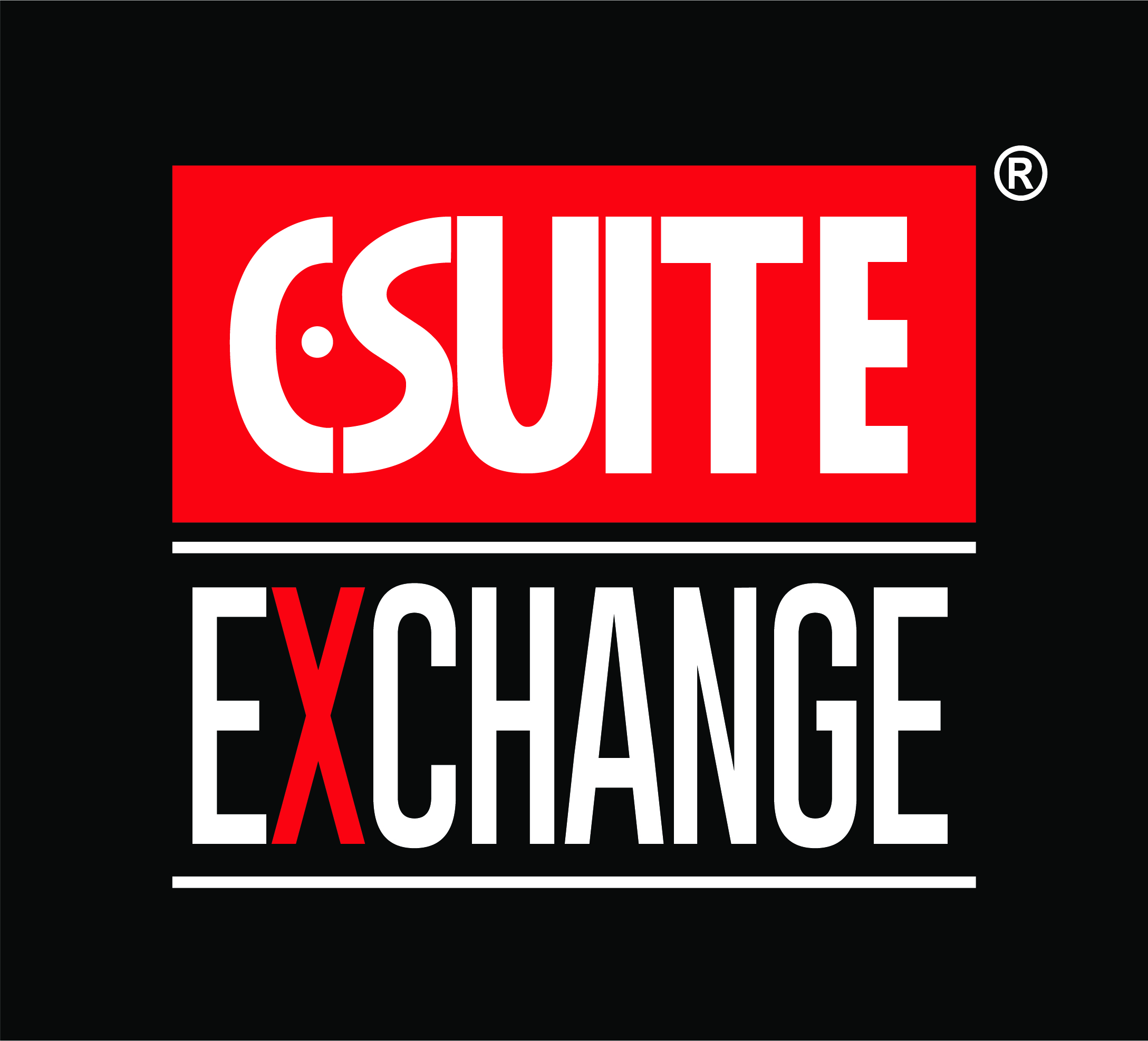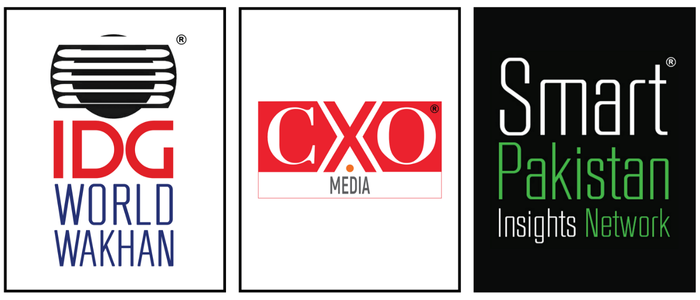When you have everything virtual and paperless in an organization, the reliance on a strong, redundant infrastructure is critical for the functioning and long term sustainability of the structure. Though Shakeel Akhtar’s business card says “Manager MIS” for an organization that depends so heavily on IT, Shakeel does more than just the job of the Manager. “We work as a team that has to make the decision that will benefit everyone wired into our Hospital Management Information System. Now that we’ve set up the infrastructure and it has been running smoothly for almost 14 months, we’re looking at constant upgrades, tweaks and ways to make it more efficient.”
That might be a similar problem with other organizations in Pakistan that hire a skilled manager to head their MIS department, but considering the fact that IT plays a more dominating role in the operations of an organization, the role a manager has to play is considerably more than it used to be. In other words, the designation may not say CIO, but the scope of the responsibilities it spans across, certainly does.
Shakeel joined the Indus Hospital team when the plan for the hospital came up. Dr Abdul Bari, a renowned Cardiothoracic surgeon and Eisenhower Fellow had a vision to have a team that would be able to deliver free-of-cost, quality healthcare to a large, low SCE community. He put together a team of doctors and technology professionals and found a way to get the job done. The previously rundown Islamic Mission Hospital was revived as the Indus Hospital.
The Vision to Lead the MIS Department
“I had actually joined as an IT consultant.” starts Shakeel. In fact, he was the first employee of the hospital back then, much before the time the software we have in place now, was even conceived. “I made my first presentation on July 22, 2005 where I talked about the concept of a paperless, technologically integrated hospital. I submitted this objective through my presentation: The MIS Department will be committed to development implement and maintain an effective, informative and ultimately foolproof paperless Management Information System throughout the hospital.” And what reaction did it get from the Board? “They were excited!”
Shakeel Akhtar was first exposed to a hospital environment when he joined the Kidney Center back in 1996. “You get to see life from very up close. The experience of working with people and helping them to manage their pain, is a very emotionally taxing challenge, and if there is a way to make the process less painful, it should be done so. That’s what got me thinking about how to provide doctors and personnel with access to information more efficiently.
Today, Indus Hospital is a state of the art tertiary care center in the heart of Korangi. A team of local and expatriate professionals provide specialized medical care with an emphasis on innovation and research. The tertiary care facilities at the Hospital are complemented by community outreach programs focused on prevention and early detection of disease, encouraging community involvement and ownership.
The hospital has 131 inpatient beds, 6 bed intensive care unit, 6 bed cardiac care unit, 10 bed haemodialysis unit, 8 bed day care surgery, 3 fully functional operating rooms, Cardiac catheterization lab and a Lithotripsy unit. Though the hospital is dependant on community support for financial aid, nothing has stopped this facility short of being phenomenal. Dr. Bari explains, “We provide some basic facilities but stress on quality and planned growth because we need to ensure that our infrastructure can comfortably and efficiently handle it. Anesthesia, critical care and pain management, Cardiology including invasive cardiology, Cardiothoracic surgery, Diabetes care, Orthopedic and trauma surgery, Pediatric surgery and Urology are just some of the areas that we have running at the moment.”
What makes this story even more fascinating is the fact that it is one of those organizations in Pakistan that have integrated technology with its very fabric. This is healthcare and IT at its best.
Enter Pakistan’s First Paperless (and Extremely Wired) Hospital
The Indus Hospital runs on a completely paper free environment. “All the data from the time the patient comes into the Filter Clinic to get his details entered into the system, to the time he gets a medical test done. X-rays, results of blood tests, angiograms – everything that we can do in the hospital, a digital record is maintained in the database entry of each patient.” And the size of the data would have impossible to manage, had the team not invested in the development of a Hospital Information Management System (HMIS).
“We looked around for an HMIS that would suit our needs for a very long time. Some solutions had certain features, while others were just too expensive.” recalls Shakeel. What the hospital needed was something that had been created by doctors or healthcare professionals rather than IT professionals. “A doctor or the primary caregiver is the one that knows what the needs and requirements of the patient are. And since the doctor is the one that has to use the system, it made sense that we develop a solution that they would be comfortable in using.”
The solution and the integration of the HMIS took the better part of 1.5 years, but the thing that makes it work, is the team. “We have so much talent in Pakistan, however perhaps the void is not the skillset – I do believe our youngsters need guidance and inspiration to work. Developing a system as large and intricate as the one we have, has been a monumental task, however we’ve had very good people.” It figures as much. The kind of timelines and responsibility that the MIS team at Indus Hospital has demonstrated is really quite exceptional.
HL-7 is a global standard for healthcare equipment. This is the standard protocol that enables different machines to communicate with one another. “Though the software is not HL-7 compliant, we have managed to put several protocols in place so that the ‘communication’ process can take place. And the solution undergoes constant upgrades and tweaks. The more we use the infrastructure, the greater the number of ideas we get on how to better the system we have in place. ” says Shakeel.
An example of a tweak is the way a module works. “We want all our equipment to talk to one another, gather data readings from a file and calibrate settings automatically. The benefit we have by deploying a solution is minimizing human error. So not only are we continuously making the software better, we are also bringing changes to the configuration to make access more efficient.”
Let the Doctors be Doctors
And so the team of doctors and IT professionals, under Shakeel’s team, went ahead and starting developing this mammoth solution. The efforts of the doctors and software developers has resulted in a customized software for the Indus Hospital Management Information System (MIS). “Patient medical records are entered and stored in a computerized database. A patient goes anywhere in the hospital to any doctor or department, his records will be instantly accessible. In addition to providing an efficient means of monitoring everyday patient progress, the MIS has the huge benefit of facilitating audits and clinical research. Using this software, doctors enter patient history, examination and treatment directly on to the computerized medical record chart. The patient record is in turn linked to physician and nursing notes, requests and reports of all investigations, operative notes, ICU and CCU charts.”
And how about when the doctor goes on his rounds? In true wired style, a mobile trolley was designed to carry two workstations and a UPS to power the systems. The doctor updates his virtual charts on one station, while the nursing staff can update or access data on their station. The data travels across a Wifi link and stores itself into the central database. “This was something suggested by the doctors because once they found it more productive and efficient to enter the data into the system directly, they were being more creative with how they could increase efficiency and reduce the burden of the manual processes.” explains Shakeel.
Admissions, discharges and appointments are accessed using this software. In fact, all of the hospital’s auxiliary services are also computerized – this includes Human Resources and Payroll, Financial Accounting Systems, billing systems for patient costing, purchase and inventory control, pharmacy and maintenance.
What is interesting is the fact that since the Indus Hospital is a free healthcare facility, they don’t have a “cash counter” where a patient’s fee can be submitted. “We still need to be able to calculate the cost per-patient to keep hospital’s financial and operational records updated, so we built the cost analysis into our HMIS.” And there was another deviation. Based on Islamic business law, patrons contribute towards patients that qualify for Zaka’h (categorized based on how low their income may be based on a series of specific criterion) need to have amounts debited from those accounts – for other patients that don’t fit the criteria, their virtual fee is debited from a separate account. “It’s a technical deviation we had to build an option for into the solution.”
As far as the IT infrastructure is concerned, the Indus Hospital runs on 5 servers: one Database Server, an Application Server, an Authentication Server one backup server and one image server. Users of course, travel through the Authentication Server to get to the Database, which is the heart of the data that runs the hospital. Indus relies on Oracle to match its database needs and limits the user access on each individual workstation.
“When we were planning our network, we were faced with two challenges. One was security. We had to maintain the integrity of the data that ran through our network. These are confidential records of patients where their history is maintained. With 133 workstations in the building that can access the central database, we had to be minimize the threat that any system could create.” To achieve this, the standard precautionary measures have been employed in addition to maintaining the integrity of the network. Anything online or having access to the internet has been put on a separate network.
Nothing enters or exits the sacred infrastructure that runs the hospital.
Shakeel’s team also faced another challenge. “We were essentially laying out the network and installing a hospital on top of it. But realistically speaking, these were doctors and not computer professionals. We had to train each person that would ever interact with any part of the network first on computer usage, and second, on the solution module that they will be using.”
Disaster recovery Management is an integral part of the hospital’s system as it should be in any enterprise. Shakeel points out that organizations may have backups in place, but are unable to restore it as quickly and as efficiently as it needs to be done. And the crisis can take place at anytime so you and your infrastructure have to be prepared to handle the transition. “We have the backup automated but we also take a secondary, physical backup. We also maintain an uplink with our partners in Islamabad, where we preserve and backup our database on a daily basis. So there are several distinctly different locations and a process to manage it.”
Calibration and maintenance of various instruments is the next step for the solution. “We want to centralize the maintenance and calibration procedures as much as we can. Obviously the technician’s instinct has to also kick in, but if we have access to the technology, we’d like to make the departments as self-reliant and less redundant as possible.”
In addition to running the hospital, a strong IT infrastructure has also enabled Indus Hospital to set up a video conference hall for trainings, lectures and observation of surgeries being conducted in the hospital or anywhere else in the world. The IP telephony needs run on wireless 2Mb link with a backup ISDN BRI lines of 512Kb”
Moving Ahead
“We have successfully computerized our Cath Lab, which is a great achievement.” continues Shakeel. “Our system makes the study and observation of the angiography more effective and precise.” There is obviously no room for error and the more accurate the results are, the higher the rate of success for the procedure becomes.
You can now control the flow of the dye that travels through the Angiogram, with the click of a mouse to see what the rate of the flow was and where the blockage is. “Older machines and systems don’t let you do that.”
The MIS team has also been able to bring automation into the ICU and CCU. “The automation allows for closer observation and check on how a patient is performing, tracking the ventilation systems.” Real time tracking and recording of the readings from the ventilator, GCC, conduct patient reviews, allocation of medicines and check on vitals. “This used to be a really large chart” remarks Shakeel as he holds up his hands to demonstrate the size, “which we’ve shrunk and fit onto the screen.” What a remarkable application of IT!
So what’s the ongoing challenge for the MIS? “With expansion plans already in place, the number of users will continue to increase, which means the load on the server will also go up. So we’re constantly increasing the power of the switches, updating storage media, running data optimization in terms of the software and the database to ensure optimal performance. This is an ongoing and continuous process.”
Sure you can quantify the numbers to prove to your management or finance department that this is a system that will help save time and money here are a few angles for you to consider:
Medical records on paper require supplies, space and people. The integrity of the data can be compromised after a specific duration because the medium has a specific life. Increasing the number of physical ‘hops’ a file has to make before reaching the intended destination and the chances for human error increase multifold. Bypassing the entire chaos and logistical challenge, you can simply have one system store the information, and multiple systems to access the data. You will be able to save time, increase efficiency and instill longevity in the data.
The healthcare system is such that a patient usually will not be treated to until their medical records are extracted. “Time is very critical in the hospital environment. We wanted to provide people with quality healthcare. The technology solution we developed and deployed, helps achieve that objective. Today, anyone’s medical record, test result, or any other medical detail, is only a click away. That’s how much time it takes to get access to it.” explains Shakeel. In short, another benefit the HMIS solution brings, in short as Jack Bauer would say, save lives.
For someone as senior as Shakeel Akhtar, who, together with his team has managed to accomplish so much, what future does he envision for his field? “I want to be able to deploy a system whereby all the hospitals across the country can ‘talk’ to one another so information can be shared and more efficiency can be put into the field.” As for his most vital lesson learned, Shakeel laughs and comments, “I can change my job but I cannot change my passion. Indus Hospital and the solution we have developed to impart better quality care, is my passion.
The implementation of the software is extremely important even if a hospital doesn’t have a paperless environment in place. “The software modules we have in place have proven to be critical for conducting investigation. Modules for the X-rays, for example, allow doctors to control the brightness to see detail which simply isn’t possible in a physical X-ray. That’s what the software does. It allows the physician or specialist to see all that he needs to, before making a decision on the way forward.”
Team members,
Khalid Mehmood, System Administrator
Asif Shaikh, Senior Programmer / Analyst
Abdul Karim, Programmer
Junaid Noor Siddiqui, Oracle Programmer
Athar Assistant Programmer
Khalid Asghar, Network Administrator
Kashif Mehmood, Hardware Support Engineer
Fahim, Hardware Support Engineer
Asma Ali, System Coordinator
Salim Shaikh, System Coordinator





